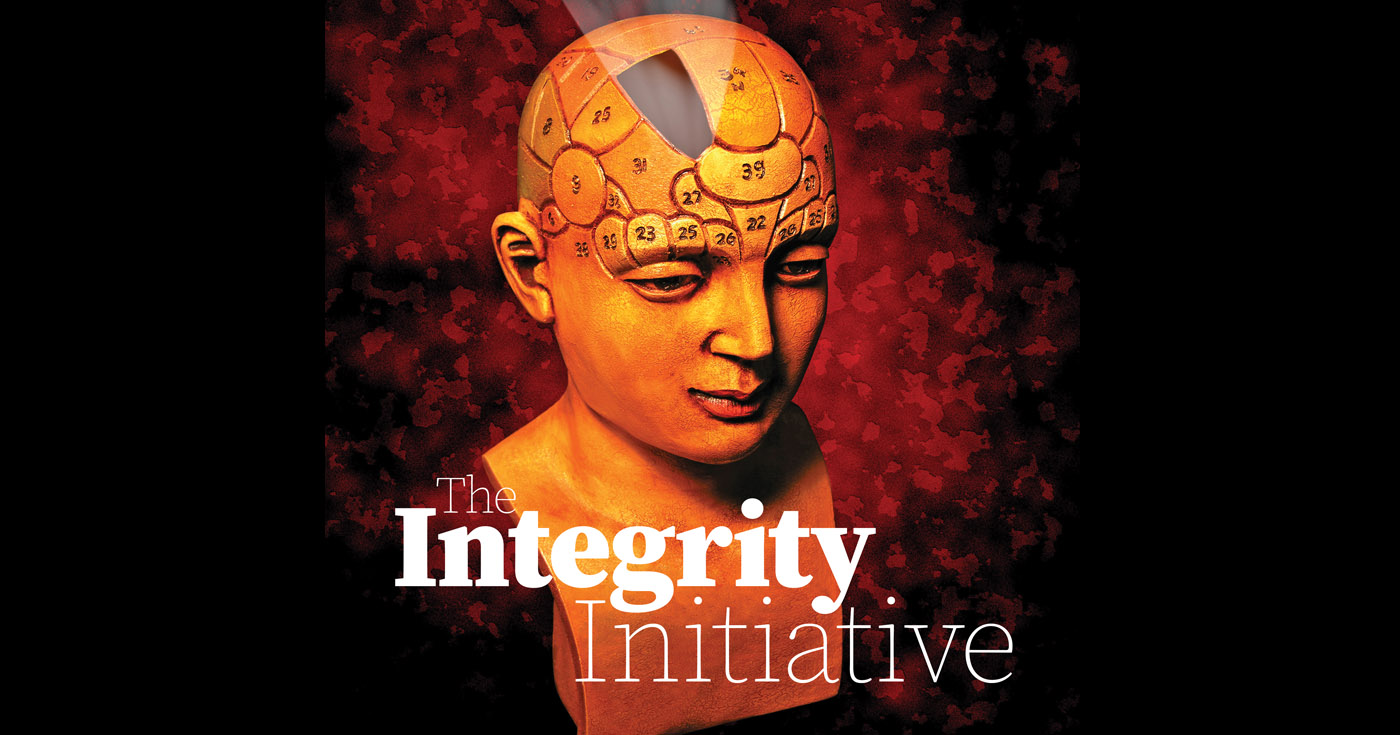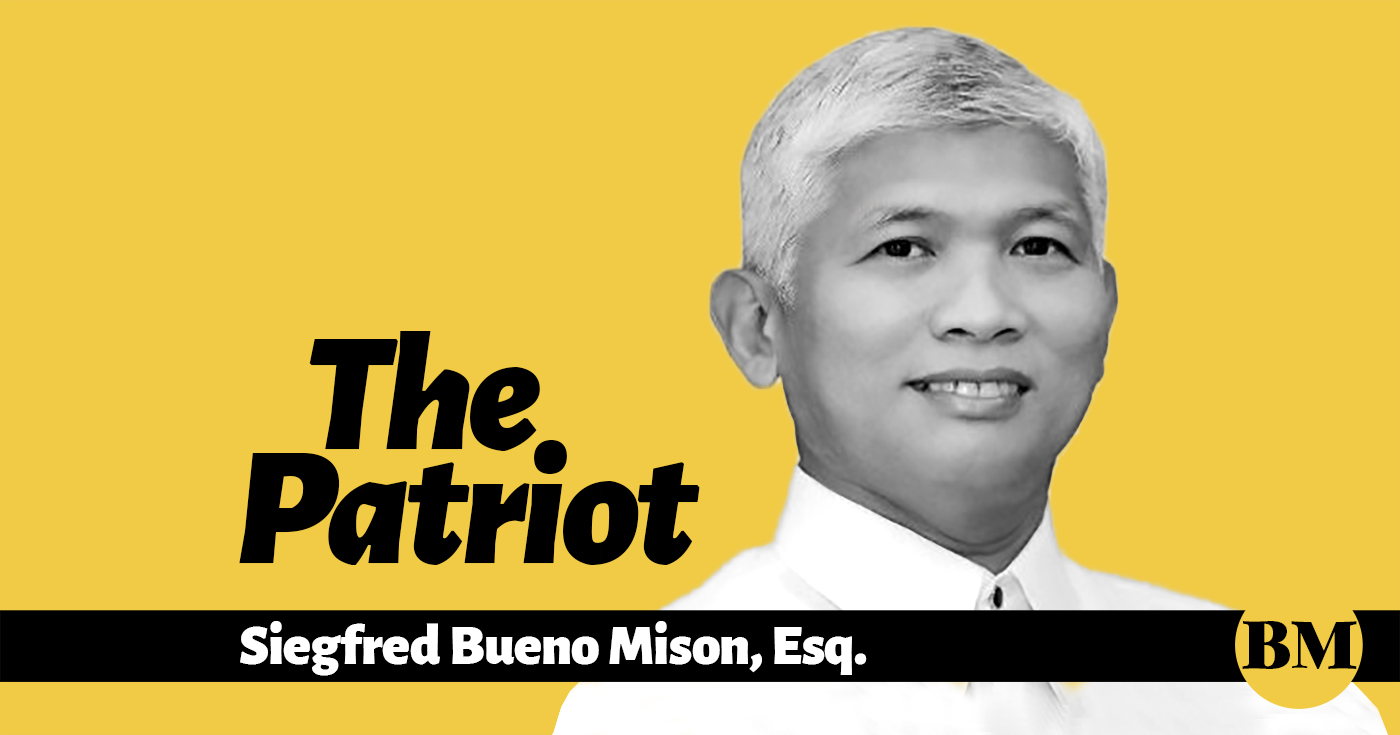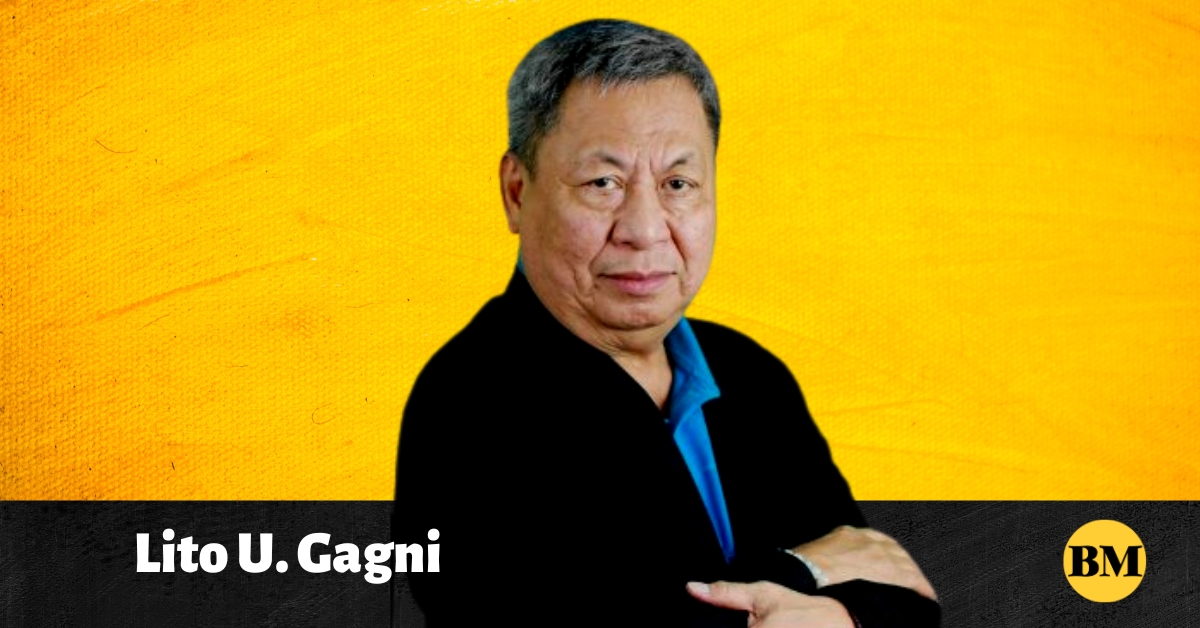
On August 7, 2016, President Duterte, through the secretary of defense, Delfin N. Lorenzana, ordered the interment of the remains of Marcos. Several petitions from different parties were filed before the SC to stop the said order. Several laws, regulations and legal principles were considered in order to resolve numerous issues. In the end, the Supreme Court decided to dismiss the petitions.
In resolving the issues of the case on the substantive grounds, the SC held that the President’s decision to bury Marcos at the Libingan ng mga Bayani is in accordance with the Constitution, the law and jurisprudence. It was, likewise, held that the President did not execute the order whimsically, capriciously or arbitrarily, out of malice, ill will or personal bias.
As regards the Constitution, the SC found no provisions that would directly or indirectly prohibit the burial. Interestingly, Republic Act (RA) 289, entitled “An Act Providing for the Construction of a National Pantheon for Presidents of the Philippines, National Heroes and Patriots of the Country”, was cited vis-à-vis AFP Regulations G 161-375 in opposing the same.
Section 1 of RA 289 provides that for the perpetuation of the memory of all the presidents of the Philippines, national heroes and patriots for the inspiration and emulation of this generation and of generations still unborn, there shall be a construction of a National Pantheon as the burial place of their mortal remains.
Meanwhile, under AFP Regulation G 161-375, the chief of staff shall be responsible for the issuance of the interment directive for all active military personnel for interment, authorized personnel, and retirees, veterans and reservists enumerated therein. Furthermore, the said regulation provides for the following qualifying standards as regards the eligibility for interment at the Libingan ng mga Bayani: (a) Medal of Valor awardees; (b) Presidents or Commanders-in-Chief of the Armed Forces of the Philippines; (c) Secretaries of national defense; (d) Chiefs of Staff of the AFP; (e) General/flag officers of the AFP; (f) Active and retired military personnel of the AFP to include active draftees and trainees who died in the line of duty, active reservists and Cafgu Active Auxiliary (CAA) who died in combat operations or combat-related activities; (g) Former members of the AFP who laterally entered or joined the PCG and the PNP; (h) Veterans of Philippine Revolution of 1890, WWI, WWII and recognized guerrillas; (i) Government dignitaries, statesmen, national artists and other deceased persons whose interment or reinterment has been approved by the Commander-in-Chief, Congress or the secretary of national defense; and G) Former presidents, secretaries of defense, dignitaries, statesmen, national artists, widows of former presidents, secretaries of national defense and chief of staff.
As to the disqualification, the following are not qualified to be interred in the the Libingan ng mga Bayani: (a) Personnel who were dishonorably separated/reverted/discharged from the service; and (b) Authorized personnel who were convicted by final judgment of an offense involving moral turpitude.
It was argued that RA 289 provides for the legal standard for internment at the Libingan ng mga Bayani, and that AFP Regulation G 161-375 merely implements the law and should not violate its spirit and intent. Nevertheless, the Supreme Court rejected the said assumption, stating in its decision that the Libingan ng mga Bayani and the National Pantheon are one and the same.
Accordingly, the SC upheld the validity of the said regulation since there is still no law or any executive issuance contrary to it. It remains to be the sole authority in determining who are entitled and disqualified to be interred at the Libingan ng mga Bayani. Moreover, the Supreme Court did not apply the standard that the Libingan ng mga Bayani is reserved only for the “decent and the brave” or for “heroes” since it would be violative of public policy, as it will put into question the validity of the burial of each and every mortal remains resting therein, and infringe upon the principle of separation of powers, since the allocation of plots at the the Libingan ng mga Bayani is based on the grant of authority to the President under the existing laws and regulations.
In accordance with the Libingan ng mga Bayani, the SC acknowledged the awards that former President Marcos had received, as well as those other positions he held aside from being the president and commander-in-chief, in spite of his alleged human- rights abuses and corrupt practices. Furthermore, the Supreme Court found no disqualification that would disallow the interment of the former president. Consequently, it was held that former President Marcos possessed none of the disqualifications stated in the regulation. He was also neither convicted by final judgment of the offense involving moral turpitude nor dishonorably separated/reverted/discharged from active military service.
With the foregoing pronouncements of the SC, it is worthy to note that the former President was forced out of office by the people via the Edsa Revolution. It, however, did not give any particular legal meaning to it. In the end, the decision of the Supreme Court was based only on the interpretation of the applicable laws, without going beyond established rules and principles.




























